Le label Creation Records a géré parfaitement certains dossiers (Oasis, The Jesus And Mary Chain). D’autres furent totalement foutus en l’air, comme celui des Diggers. Le cas des The Weather Prophets est assez singulier dans le catalogue de ce label. On poussa le groupe à aller vers le « mainstream », on signa un accord avec la major WEA et on envoya le groupe dans un studio prestigieux. Le résultat fut sans appel : les ventes furent quasi nulles et personne ne fut content.
Pourtant ce disque avait des atouts pour séduire. Il contenait Almost Prayed, une des plus belles chansons de la pop anglaise. Rien que pour ça, son achat était obligatoire.
The Weather Prophets – Almost Prayed
Mais comment le guitariste de Patti Smith s’est retrouvé aux manettes du premier album des Weather Prophets ? Comment un jeune label comme Creation Records a pu se payer les services de cet Américain ?
Voici un entretien avec Pete Astor… Et Lenny Kaye qui reviennent tous deux sur la construction de cet album.
Peter Astor
Peter Astor était le chanteur, le guitariste et le compositeur du groupe.
Comment as-tu rencontré David Greenwood Goulding et Oisin Little, les futurs membres de The Weather Prophets ?
Pete Astor : Après la fin de The Loft, c’était une bonne option que de jouer avec Dave (Greenwood) Gouding. C’est quelqu’un que je connaissais depuis le collège et qui avait toujours joué de la musique, bien avant The Loft. Oisin était une connaissance de Dave Morgan (ndlr : le batteur de The Loft) qui avait une des plus grandes collections de disques de reggae et de funk. C’est pourquoi il s’est retrouvé avec nous.
Combien de temps avez-vous pris pour l’enregistrement ?
PA : Je dirai quelques semaines. Deux ? Trois ?
Où avez-vous enregistré Mayflower ?
PA : Nous l’avons enregistré aux studios Livingstone qui se trouvent dans le quartier de Wood Green à Londres.
Comment avez-vous rencontré Lenny Kaye ? Il a produit de ce disque. Qui était l’ingénieur du son ?
PA : Son nom est venu dans la discussion : Lenny Kaye. Ce fut évidemment un grand oui. Il fait partie des personnes qui font que ma vie est dédiée à la musique. J’avais acheté les compilations Nuggets par correspondance et en import quand j’étais adolescent. Et puis il faisait partie du The Patti Smith Groupe. Que dire de plus ? L’ingénieur était Tony Harris. Il avait travaillé sur Fables of the Reconstruction de R.E.M.. Cela suffisait à nous rendre heureux.
Comment avez-vous trouvé le son de Mayflower ?
PA : Pour ce ce genre de choses, il faut voir avec Lenny ou Tony.
Quel est ton meilleur souvenir de cet enregistrement ?
PA : Tout était très bien. Je pense que mon meilleur souvenir est la rencontre avec Lenny qui était une personne intelligente, sensible et positive.
Pourquoi avoir choisi les photos de Mike Laye en guise de pochette ?
PA : Encore une fois, on nous l’a suggéré. Nous aimions bien les photos qu’il avait prises. L’idée de départ était de faire quelque chose comme les portraits d’Irving Penn. Je dois avouer que nous avons un peu loupé notre coup.
Quelle est ta chanson préférée sur ce disque ?
PA : Je les aime toutes. Mais j’aime particulièrement Swimming Pool Blue car nous l’avons parfaitement enregistrée et que c’était totalement neuf pour l’époque.
The Weather Prophets – Swimming pool blue
Quelle est l’histoire d’Almost Prayed ?
PA : L’histoire ? L’aspiration. En souhaitant qu’il y ait quelque chose de plus haut.
Te rappelles-tu du jour où WEA vous a viré ? Quelle fut votre réaction ?
PA : Oui je m’en rappelle bien. Nous étions dans un pub, The Duck of York, en face de Creation à Clerkenwell. McGee me l’annoncé. Nous étions contents de pas faire partie de la pop des années 80, quelque chose qui était difficilement à intégrer pour nous. Nous étions contents de retourner chez Creation Records.
Lenny Kaye
Lenny Kaye est le guitariste de Patti Smith. Il a produit notamment R.E.M., Suzanne Vega et Mayflower des Weather Prophets.
Comment as-tu connu ce groupe ?
Lenny Kaye : J’ai été contacté par Alan McGee de Creation Records. Il venait juste de signer un accord avec la Warner. A cette époque, j’étais très présent sur la scène anglaise (j’avais travaillé avec James et Microdisney en 1986) et il y avait pas mal de jeunes groupes qui passaient du monde indépendant au monde des majors. J’étais vu comme une sorte de pont entre ces deux mondes. On voit souvent ça comme une position difficile pour un producteur, d’essayer de garder l’esprit originel du groupe, son inspiration, son énergie, tout en les poussant à être plus mainstream. Je suis arrivé pour faire une chanson (qui s’avérera être Naked as The Day), et plus on avançait vers l’apothéose, avec une longue coda instrumentale accompagnée de grelots, plus on a réussi, avec les Weather Prophets, à trouver la voie, à exploiter leur énergie brute.
Tu me confiais avant cet entretien qu’il s’agissait d’une tes productions préférées…
LK : Toutes mes productions sont un peu comme mes enfants. C’est comme ça du moins que je les vois. Mais il y les paroles toute en simplicité de Peter, les cordes du groupe et le fait que ce groupe jouait réellement avec son cœur m’ont vraiment touché. Ils étaient proches de mes goûts musicaux. Je me sentais comme à la maison avec eux.
Quelle était l’ambiance dans le studio ?
LK : L’ambiance de travail était bonne et nous nous sommes beaucoup amusés dans le studio. L’échec commercial de Mayflower a été la source d’un questionnement intérieur, d’une remise en question, me demandant si mon approche et ma façon de combiner et construire leurs chansons n’avait pas enlevé la spontanéité de cet album. Je ne crois pas, et toujours pas aujourd’hui, parce que je l’ai encore écouté récemment, et il est clair que l’enregistrement a su capturer leurs chansons d’une manière qui ne prend pas d’âge alors qu’il a 30 ans. Si on l’avait enregistré live en studio, comme l’étaient les chansons de base, je ne crois pas que l’album aurait sonné différemment.
Quelle est ta chanson préférée sur ce disque ?
LK : Ma chanson préférée a toujours été Naked As The Day qui est chansons introspective que je ne pourrais jamais écrire. A tel point que je l’ai jouée quelques années après la sortie de l’album et je la chante toujours. Je l’ai récemment joué pour mes 70 ans aux Bowery Ballroom à New York.
The Weather Prophets – Naked as the day you were born
Quel est ton meilleur souvenir ?
LK : Un soir, Pete a voulu faire quelque chose de très doux. Nous avons éteint les lumières et allumé une bougie. On avait du mal à le voir. Il a fini par disparaître et l’on a retrouvé étendu sur le sol. Le micro avait du mal à capter son souffle. Quand nous avons réussi à le capter, nous sentions que nous étions rentrés dans une autre dimension.
The Weather Prophets - Blue Skies & Freerides – The Best of 1986-1989
Mayflower de The Weather Prophets a été édité par WEA et a été réédité en CD à deux reprises par des labels japonais. Préparez-vous à casser votre P.E.L. pour acheter la version CD.
- Why Does The Rain
- The Key To My Love Is Green
- Can't Keep My Mind
- Off You
- Mayflower
- Head Over Heels
- She Comes From The Rain
- Almost Prayed
- Faithful
- Swimming Pool Blue
- Walking Under A Spell
- Naked As The Day You Were Born
- Sleep
English text
How did you meet David Greenwood Goulding and Oisin Little ?
Pete Astor : After The Loft split up, it was great to play with Dave (Greenwood) Gouding, as he was someone that I’d known from college and already played music with, pre-dating The Loft. Oisin was an acquaintance of Dave Morgan, who, when I discovered had one of the best and biggest collections of reggae and funk records and played like he did, he had to be in the band.
How easy was the recording process ? How long did it take you ?
I’d say a few weeks. Two? Three?
Where did you record Mayflower ?
It was recoded at Livingstone Studios in Wood Green, London.
And how did you meet Lenny Kaye ? It was the producer. Who is the engineer ?
His name came up for producer and, of course, it was LENNY KAYE. So, an obvious ‘yes!’. He’d been part of what for me was life changing music. I’d bought Nuggets on import on mail order when I was a teenager; and The Patti Smith Group – what more is there to say?
The engineer was Tony Harris. He’d made Fables of the Reconstruction with REM, so that made us very happy indeed.
How did you find the specific sound of Mayflower ?
Um – really the usual things – you’d have to ask Lenny or Tony for specifics.
What’s your best memory about this recording process ?
It was really good fun. I think the best memory was the feeling of what a smart, sensitive and positive person Lenny was.
Why did you choose the pictures of Mike Laye for the booklet/cover ?
Again, he was suggested to us and we really liked some of the photos he’d taken; the idea of making the cover something like an Irving Penn picture was very appealing, although I would have do say the reality fell rather short of that.
What’s your favorite song of this album ?
I’m fond of them all; but I like Swimming Pool Blue, because it came together really well on the recording and it was new at the time.
What’s the story of Almost Prayed ?
The story? Yearning. Wishing that there was something up there.
Do you remember when WEA dropped The Weather Prophets ? What was your reaction ?
Yes, I remember it well; we were in the pub opposite Creation in Clerkenwell – The Duke of York – and McGee told us; and we were overjoyed! We were so happy not to have to be part of trying to be something that we found very difficult to be a part of – the 80s pop thing. We were very happy to be back on Creation.
How did you meet this band ?
Lenny Kaye : I was contacted by Allen McGee from Creation, who had just signed a deal with Warner Brothers. It was a year in which, as a producer, I was very much involved in the UK scene (I also worked with James and Microdisney in 1986) as these newly popular bands moved from independent labels to the majors. I was regarded as a bridge between them. This is sometimes referred to as betwixt a rock and a hard place for a producer, trying to keep the band’s original inspirational spirit and motivational energy at the forefront while moving them out into the mainstream. I came over to do a track – which turned out be « Naked As The Day » – and as it grew toward the epic, with a long instrumental coda complete with jingle bells, I believe myself and the Weather Prophets found a way of expansion, taking on the challenge of harnessing their raw energy.
Why did you say that is one of your favorite production ?
All one’s productions are like children, and I regard them fondly, but something about Pete Astor’s lyrical simplicity, the band’s elemental chordings, and the heart-on-sleeve performances touched me. It was very much music that was close to my musical sweet spot, and I felt at home with them.
How where your relationships with the band ?
I believe our working relationship was good, and we surely had adventurous fun in the studio… though with Mayflower’s failure to become a success, there was some hindsight discussion of whether my approach of layering and building their tracks removed a certain spontaneity from the album. I don’t believe so – and still don’t – because even a recent listening shows to me that the record captures their songs in a way that doesn’t date, celebrating this thirtieth anniversary. Had we recorded live in the studio, as the basic tracks essentially were, I don’t think the album would have sounded much different.
What’s your favorite song of this album ?
My favorite always will be « Naked As The Day, » which is about as self-revelatory a song as has ever been written… so much so that I began performing it myself a few years after the album, and have now sung it many a time, most recently at my 70th Birthday Bash at the Bowery Ballroom in NYC, where it seems to have even more relevance to my own lifeline.
And your best memory of this recording process ?
I remember a night where Pete wanted to do a very soft, whispery vocal. We turned out the lights and lit a candle. We could hardly see him, and when he disappeared from view, eventually lying on the floor, the microphone hardly able to catch his murmur even as we turned it up and up, we felt like we had entered another dimension.

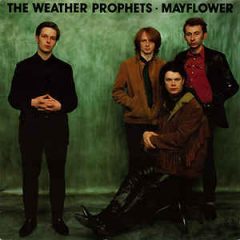
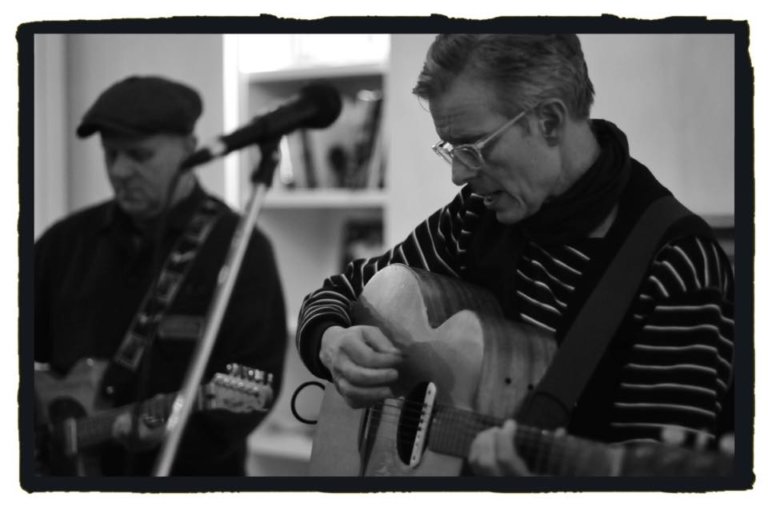
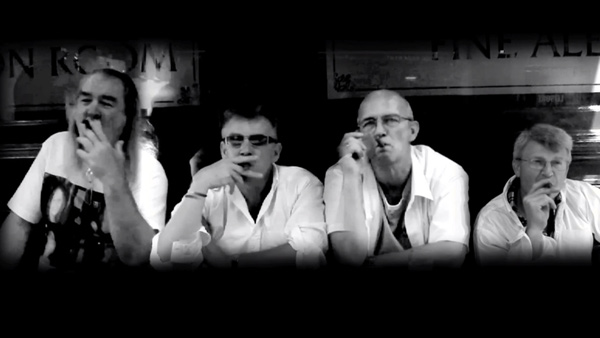
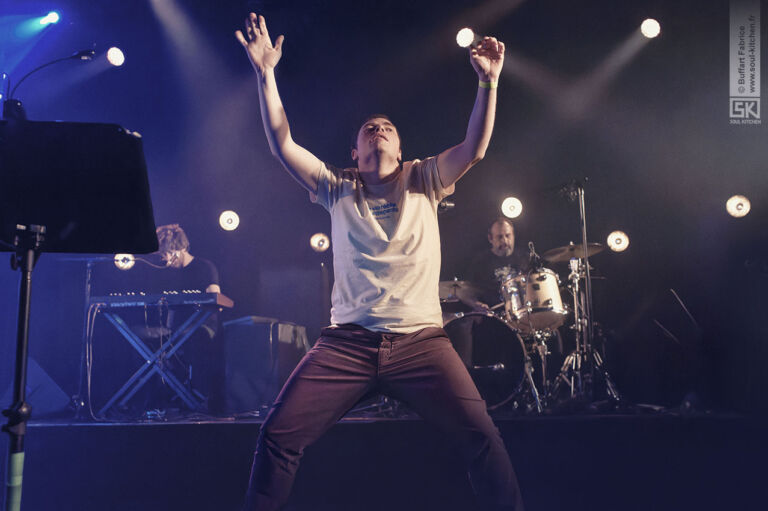
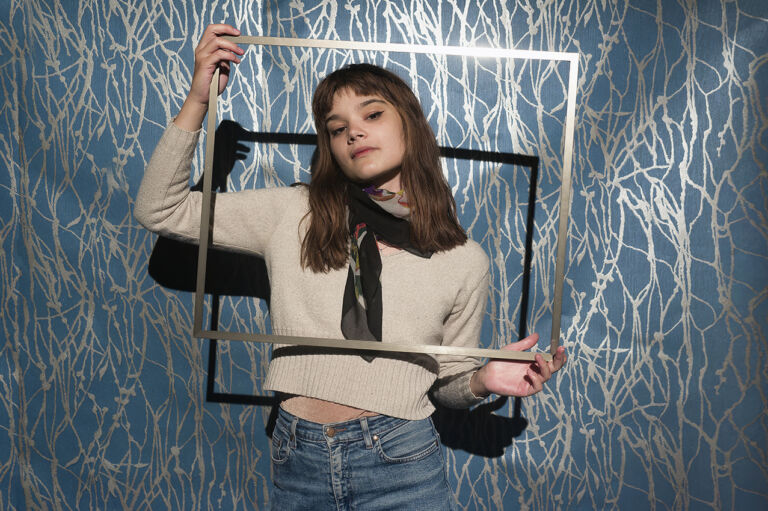
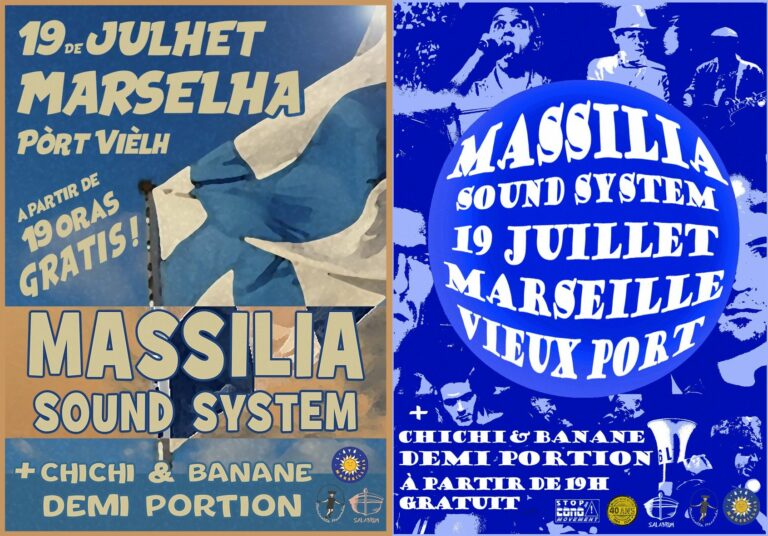
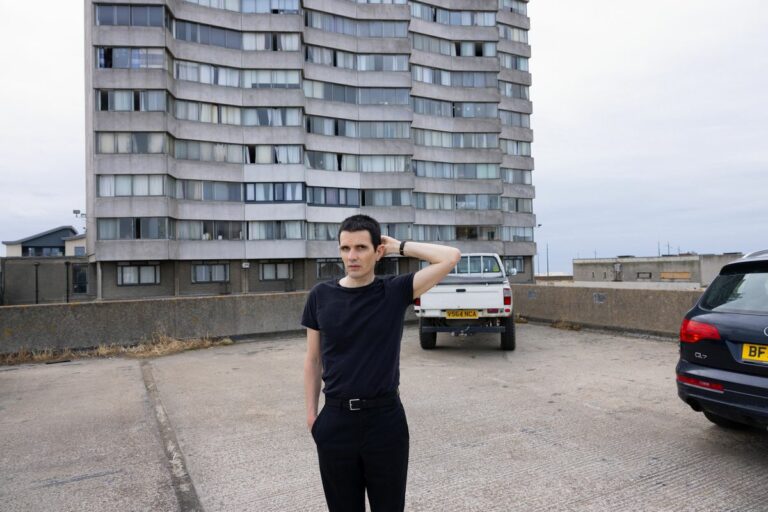
 [1987-2017] Exhuming McCarthy
[1987-2017] Exhuming McCarthy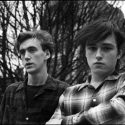 [Micro-Photos] FELTomania
[Micro-Photos] FELTomania